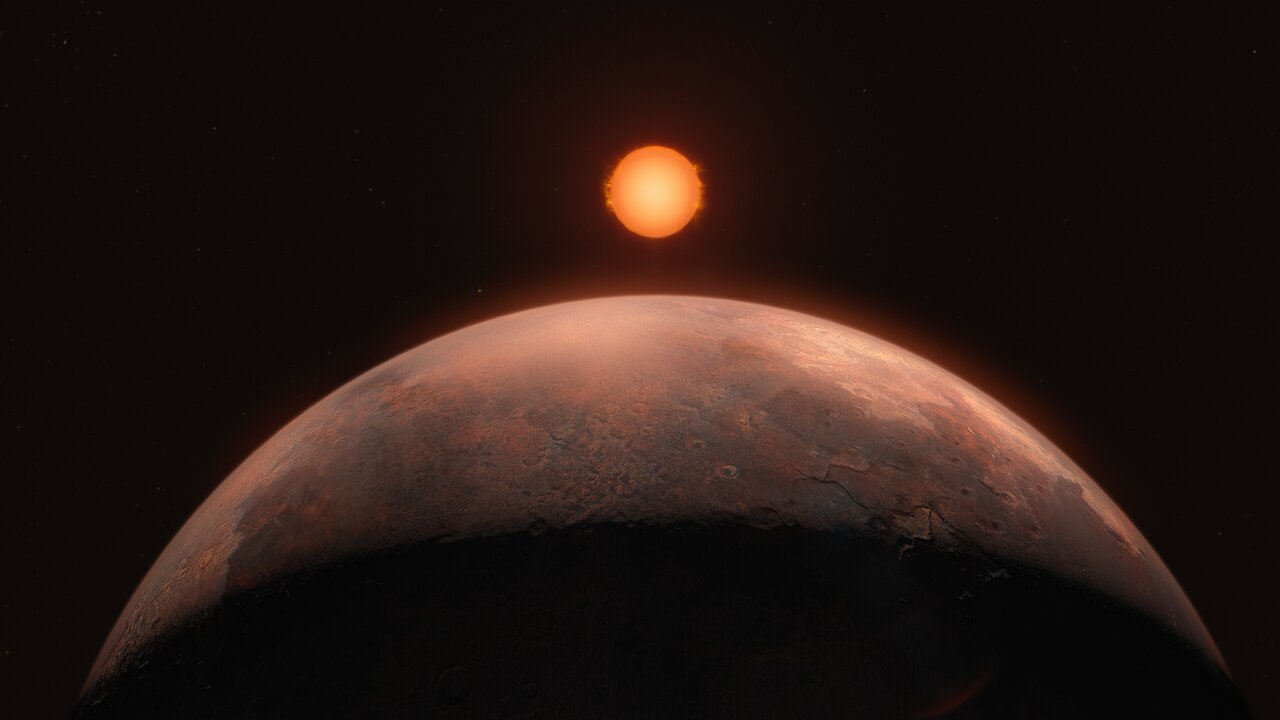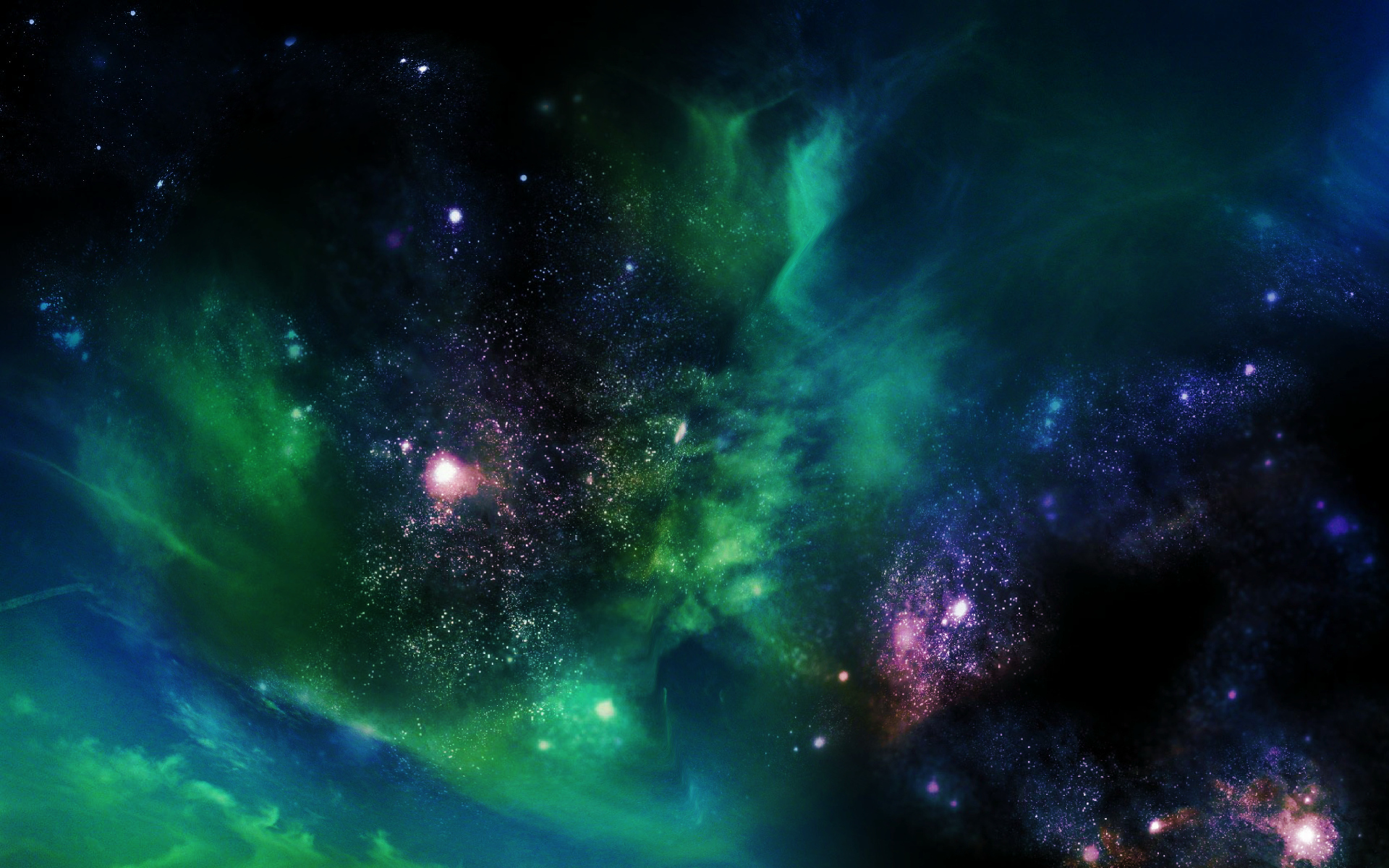
Using the European Southern Observatory's Very Large Telescope, astronomers have discovered an exoplanet orbiting Barnard's star, the closest single star to our Sun.

By using the Very Large Telescope and the Atacama Large Millimeter/submillimeter Array, astronomers have identified clumps in the thick material around a star named V960 Mon that could gravitationally collapse to form the seeds of planets like Jupiter.

Direct images of exoplanets are pretty rare. This is the first direct image of multiple exoplanets orbiting a star similar to our Sun taken by The European Southern Observatory’s Very Large Telescope (VLT).

In the first observation of its kind, astronomers using the Very Large Telescope in Chile have found evidence of a Neptune-size planet orbiting a white dwarf, the collapsed remnant of a Sun-like star that has run out of nuclear fuel.

The European Very Large Telescope participated in test coordinated by the International Asteroid Warning Network, successfully targeting, tracking and imaging a double asteroid as it flew within 5.2 million km of Earth on 25 May.

The novel GRAVITY instrument has discovered clumps of gas swirling around at about 30 per cent of the speed of light on a circular orbit just outside the innermost stable orbit of a four million mass black hole.

Observations have for the first time clearly revealed the effects of Einstein's general relativity on the motion of a star passing through the extreme gravitational field very close to the supermassive black hole.

This is a new picture of Neptune taken from the Earth. It’s nothing short of amazing.

A new image of star cluster RCW 38, an area strewn with young, hot, massive stars, is providing an unprecedented glimpse into a tumultuous region of space located 5,500 light-years from Earth.

For the very first time, astronomers have captured an image of a baby planet as it carves a path through the disc of dust that surrounds its star, an orange dwarf 113.4 parsecs (370 light-years) away from Earth.

Astronomers have discovered that both starburst galaxies in the early Universe and a star-forming region in a nearby galaxy contain a much higher proportion of massive stars than is found in more peaceful galaxies.

A team of researchers, using Europe’s Very Large Telescope in Chile, has found an exoplanet, WASP-96b, with a cloud-free atmosphere, allowing them to detect sodium in levels similar to abundances on Earth.

The Echelle SPectrograph for Rocky Exoplanet and Stable Spectroscopic Observations (ESPRESSO) has successfully made its first observations.

The Very Large Telescope in Chile has taken the deepest spectroscopic survey of space ever, with astronomers focusing on the Hubble Ultra Deep Field.

A new research study by a group of astronomers, based on observation using the VLTI, has created the most detailed map of a star other than the Sun.